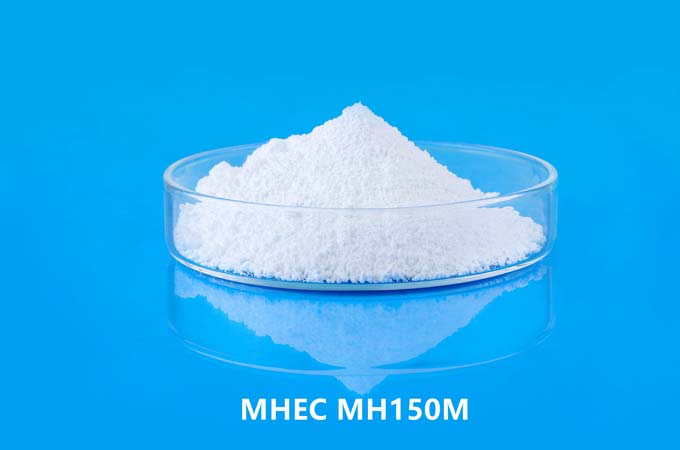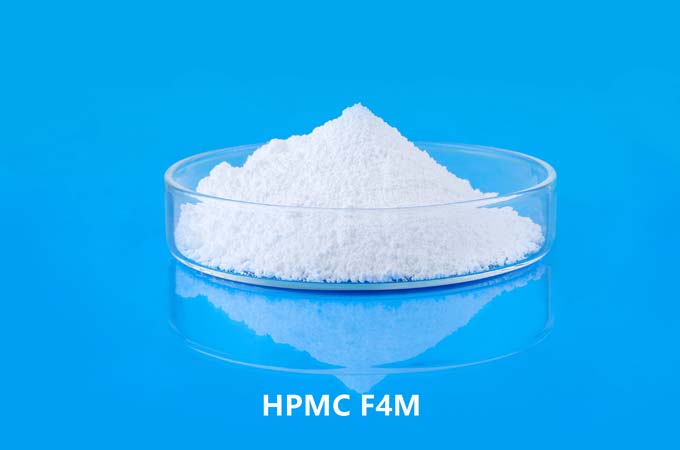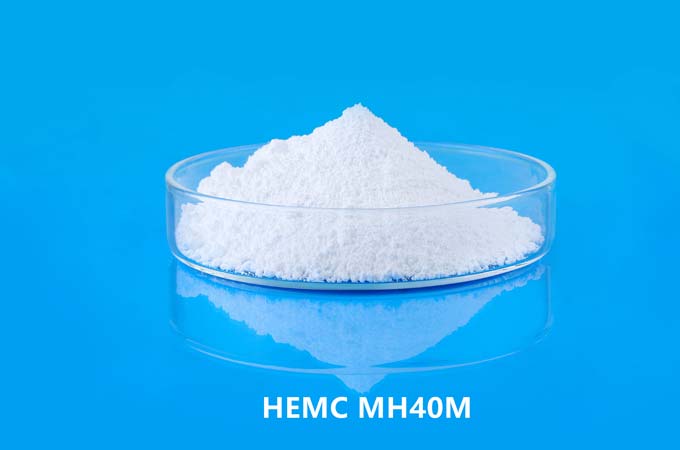Polyanionic cellulose (PAC) is a chemically modified cellulose derivative commonly used in various industrial applications, especially in the oil and gas industry as a drilling fluid additive. It exhibits excellent rheological properties, fluid loss control, and shale inhibition, making it a valuable component in drilling fluids. Preparation of PAC involves several steps, including cellulose derivatization and purification.
1. Introduction to Polyanionic Cellulose:
Polyanionic cellulose is a water-soluble derivative of cellulose, a naturally occurring polymer found in the cell walls of plants. It is synthesized by chemically modifying cellulose through etherification and carboxymethylation processes. The resulting product exhibits high molecular weight and anionic functionality, imparting desirable properties such as viscosity, fluid loss control, and stability in various aqueous systems.
2. Raw Materials:
The primary raw material required for preparing PAC is cellulose. Cellulose can be derived from various sources, including wood pulp, cotton linters, or other plant-based materials. Additionally, reagents such as sodium hydroxide (NaOH), sodium chloroacetate (SCA), and chloroacetic acid (CAA) are essential for the chemical modification process.
3. Chemical Modification:
The preparation of PAC involves two main chemical reactions: etherification and carboxymethylation.
Etherification:
Cellulose fibers are first treated with a strong base, typically sodium hydroxide (NaOH), to activate the hydroxyl groups present in the cellulose polymer.
The activated cellulose is then reacted with an etherifying agent, such as monochloroacetic acid (MCA), to introduce ether linkages onto the cellulose backbone.
This reaction results in the formation of hydroxyethyl cellulose (HEC), an intermediate product in the synthesis of PAC.
Carboxymethylation:
In the carboxymethylation step, the etherified cellulose (HEC) is further modified to introduce carboxymethyl groups onto the cellulose backbone.
The etherified cellulose is treated with sodium chloroacetate (SCA) and sodium hydroxide (NaOH) in an alkaline aqueous solution.
The reaction proceeds under controlled conditions of temperature and pH to ensure the desired degree of substitution (DS) of carboxymethyl groups onto the cellulose polymer.
Carboxymethylation imparts anionic functionality to the cellulose, resulting in the formation of polyanionic cellulose (PAC).
4. Purification:
Following the chemical modification steps, the PAC product is typically purified to remove any unreacted reagents, by-products, and impurities. Purification methods may include:
Washing: The PAC product is washed thoroughly with water to remove excess reagents and soluble impurities.
Filtration: Filtration techniques such as vacuum filtration or centrifugation may be employed to separate the purified PAC from the reaction mixture.
Drying: The purified PAC is then dried to remove residual moisture and obtain a free-flowing powder or granular product.
5. Characterization and Quality Control:
Quality control measures are essential to ensure the consistency and performance of the PAC product. Characterization techniques such as Fourier-transform infrared spectroscopy (FTIR), nuclear magnetic resonance (NMR), and elemental analysis may be used to confirm the chemical structure and composition of the PAC. Additionally, viscosity measurements and fluid loss tests are performed to assess the rheological properties and performance of the PAC in drilling fluid formulations.
6. Application:
Polyanionic cellulose finds widespread application in the oil and gas industry as a key additive in drilling fluids. It serves multiple functions, including viscosity modification, fluid loss control, shale inhibition, and lubrication. PAC is typically incorporated into drilling fluid formulations at varying concentrations depending on the specific requirements of the drilling operation and the desired fluid properties.
the preparation of polyanionic cellulose involves a series of chemical modification steps starting from cellulose, followed by purification and quality control measures. The resulting PAC product exhibits desirable properties for various industrial applications, particularly in the oil and gas industry. Understanding the synthesis process is crucial for optimizing the performance and functionality of PAC in different applications.
 English
English 日本語
日本語 français
français Deutsch
Deutsch Español
Español italiano
italiano русский
русский português
português العربية
العربية Türkçe
Türkçe Nederland
Nederland



